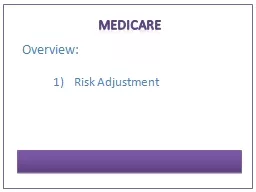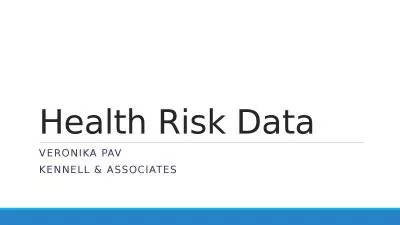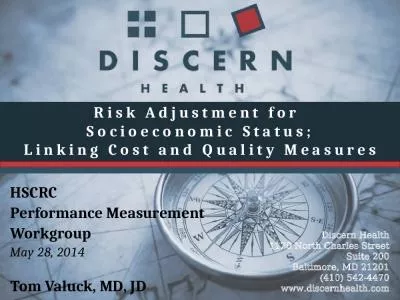PPT-Risk Adjustment for
Author : faustina-dinatale | Published Date : 2017-04-11
Socioeconomic Status Linking Cost and Quality Measures HSCRC Performance Measurement Workgroup May 28 2014 Tom Valuck MD JD Presentation Overview U pdate the
Presentation Embed Code
Download Presentation
Download Presentation The PPT/PDF document "Risk Adjustment for" is the property of its rightful owner. Permission is granted to download and print the materials on this website for personal, non-commercial use only, and to display it on your personal computer provided you do not modify the materials and that you retain all copyright notices contained in the materials. By downloading content from our website, you accept the terms of this agreement.
Risk Adjustment for: Transcript
Download Rules Of Document
"Risk Adjustment for"The content belongs to its owner. You may download and print it for personal use, without modification, and keep all copyright notices. By downloading, you agree to these terms.
Related Documents














